
NASA’s Kepler team has released the final catalog of findings from the space telescope’s original mission to seek out Earth-like planets in the galaxy.

NASA’s Kepler team has released the final catalog of findings from the space telescope’s original mission to seek out Earth-like planets in the galaxy.
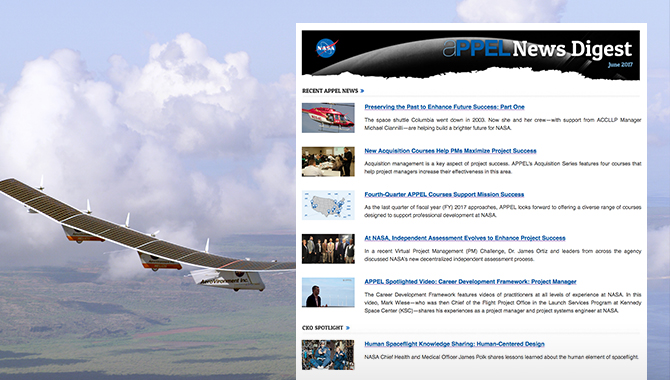
A new edition of the APPEL News Digest has been released. We invite you to read it today on our website.
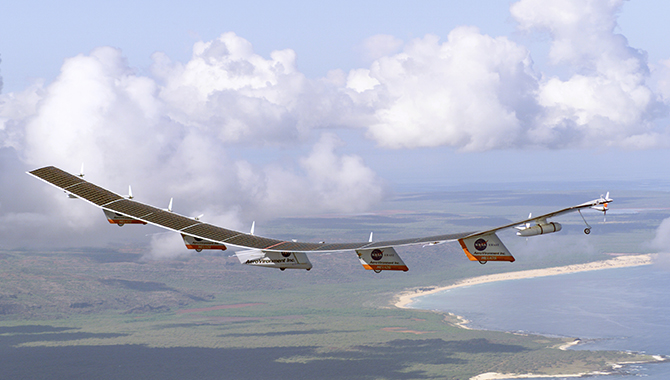
At 10:06 a.m. on June 26, 2003, a solar-powered flying wing set out to expand the boundaries of high-altitude, long-distance unmanned flight. Thirty minutes later, the project ended for good.
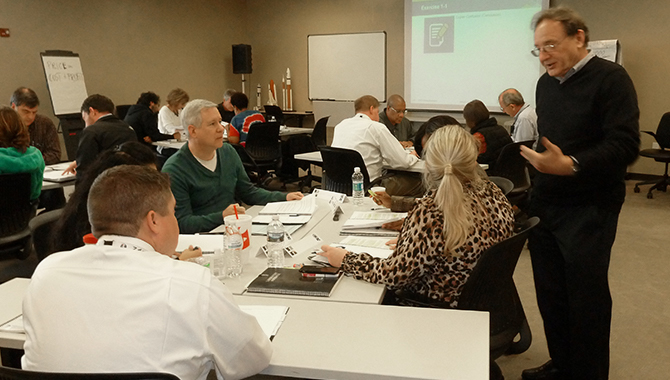
Acquisition management is a key aspect of project success. APPEL’s Acquisition Series features four courses that help project managers increase their effectiveness in this area.

The space shuttle Columbia went down in 2003. Now she and her crew—with support from ACCLLP Manager Michael Ciannilli—are helping build a brighter future for NASA.
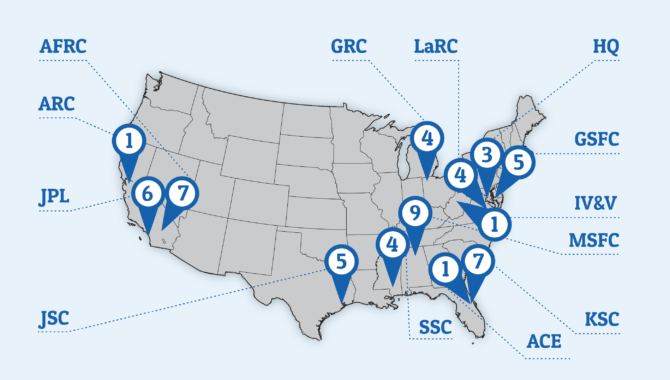
As the last quarter of fiscal year (FY) 2017 approaches, APPEL looks forward to offering a diverse range of courses designed to support professional development at NASA.
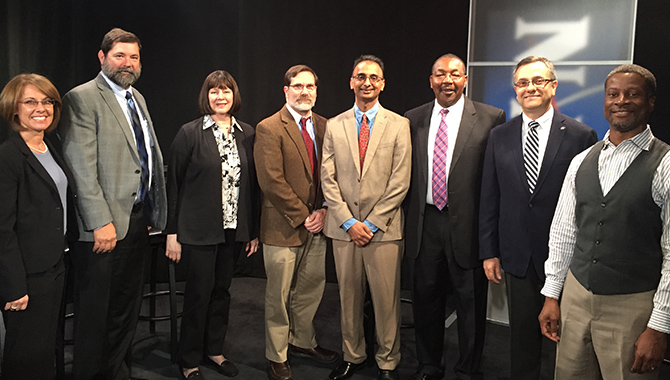
In a recent Virtual Project Management (PM) Challenge, Dr. James Ortiz and leaders from across the agency discussed NASA’s new decentralized independent assessment process.
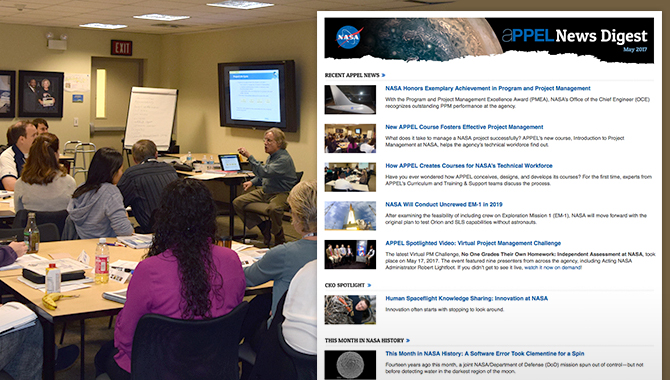
A new edition of the APPEL News Digest has been released. We invite you to read it today on our website.
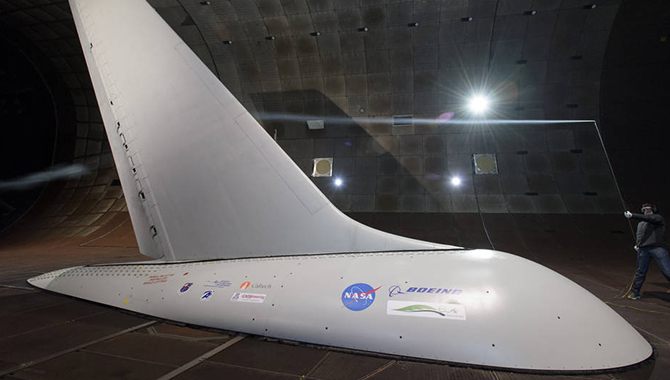
With the Program and Project Management Excellence Award (PMEA), NASA’s Office of the Chief Engineer (OCE) recognizes outstanding PPM performance at the agency.